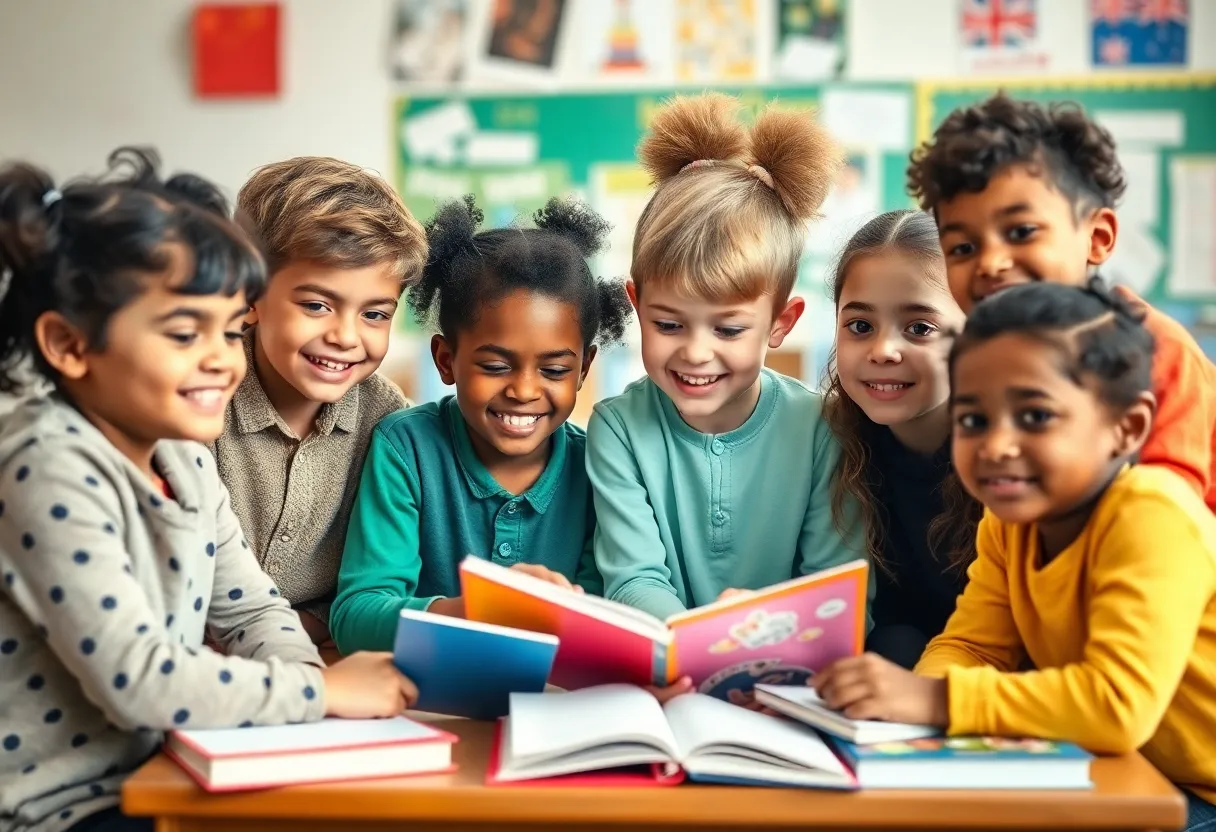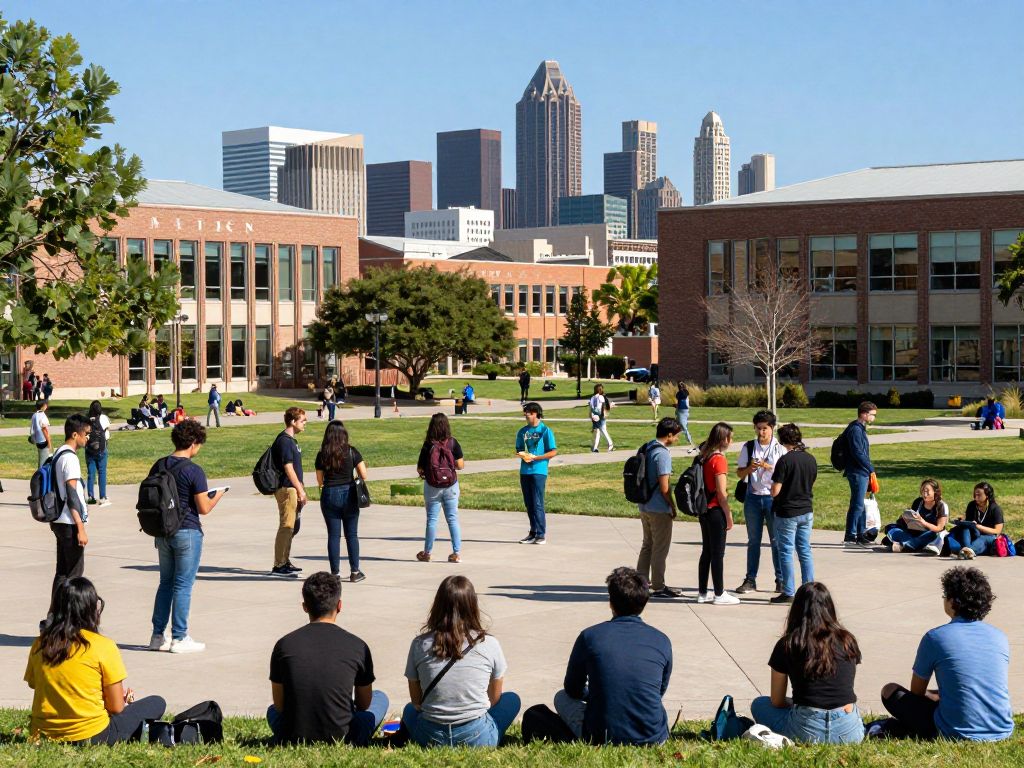Washington, D.C., September 26, 2025
News Summary
Barack Obama has criticized the political polarization that has surrounded school closures during the COVID-19 pandemic, highlighting the overlooked necessity of keeping schools open. He noted how discussions became mired in a left-versus-right debate, stifling necessary dialogue. Reports reveal that long-term closures negatively impacted students’ education and social development, with a significant decline in academic performance as schools grappled with health guidelines amidst the pandemic.
Washington, D.C. – Barack Obama has criticized the increasing political polarization surrounding the issue of school closures during the COVID-19 pandemic, arguing that the necessity of keeping schools open was overlooked. He noted that early discussions regarding the topic became mired in a ‘Left versus Right’ debate, ultimately stifling constructive dialogue on the issue.
The COVID-19 pandemic commenced in the United States with the first case recorded by the Centers for Disease Control and Prevention (CDC) on January 30, 2020. By the end of March 2020, nearly all US schools had transitioned to virtual learning as a response to the health crisis. This abrupt shift saw approximately 60% of schools operating fully online, with 20% holding traditional in-person classes, and another 20% employing hybrid models by mid-September 2020.
Throughout 2021, many educational institutions, particularly in Democratic-leaning states, adopted reduced schedules with strict mask mandates and social distancing measures in place. The situation led to serious concerns regarding the educational development of children, prompting debate about the effectiveness of the school closures on curbing the spread of the virus.
Experts reached a consensus indicating that the long-term closures of schools were detrimental to students’ education and social skills. A report released in March 2024 revealed that the extended closings did not significantly hinder the virus’s transmission while inflicting lasting academic harm on children. Data from the National Assessment of Educational Progress (NAEP) further illustrated this point, showing a notable decline in reading and math scores for high school students compared to pre-pandemic levels in 2019.
Additionally, research compiled by McKinsey indicated that many students had only grasped 67% of the math curriculum they were expected to learn by the fall of 2020, revealing significant gaps in educational attainment exacerbated by the pandemic. Obama highlighted the need for discussions about reopening schools sooner, particularly addressing the childcare challenges faced by working parents.
Previously, Obama characterized the federal government’s response to the pandemic as “an absolute chaotic disaster” during a commencement address aimed at college graduates. He had previously stressed the importance of canceling large gatherings to prevent further virus spread and foster community responsibility.
As discourse surrounding school closures and educational policies continues to evolve, the implications of these decisions remain pressing. The importance of balancing health protocols with the social consequences of school disruptions has become increasingly evident.
Key Statistics
- 60% of U.S. schools operated fully virtual by mid-September 2020.
- 20% adhered to traditional in-person schedules.
- 20% of schools followed hybrid arrangements.
- High school students experienced a significant drop in reading and math scores compared to 2019.
- Students learned only 67% of expected math curriculum by autumn 2020.
Background Context
The debate about the necessity and timing of school closures during the pandemic has been contentious since its inception. Policymakers faced challenges related to public health versus the need for child education and parents’ needs. As schools grappled with evolving health guidelines, the stakes surrounding these decisions grew dramatically, leading to a polarizing political and social environment.
FAQs
What was the impact of COVID-19 on school closures?
The pandemic led to widespread school closures, adversely affecting students’ educational outcomes and social skills.
How did political polarization impact discussions on school closures?
Discussions became heavily politicized, creating a divide that hindered constructive dialogue regarding the necessity of keeping schools open during the pandemic.
What did recent reports indicate about the effectiveness of school closures?
Research indicated that extended school closures did not significantly prevent the spread of COVID-19 but resulted in negative impacts on students’ academic performance.
Summary of Key Features
| Feature | Details |
|---|---|
| Initial School Closures | Nationwide closures began in March 2020. |
| School Operations in September 2020 | 60% virtual, 20% in-person, 20% hybrid. |
| Impact on Students | Significant drop in academic performance; 67% of expected curriculum grasped. |
| Political Polarization | Debate framed as a left-right issue, impacting discussions. |
Deeper Dive: News & Info About This Topic
HERE Resources
Large Memorial Service Planned for Charlie Kirk in Arizona
Charlie Kirk Shot Dead During Conservative Rally in Utah
Arizona Senator Faces Calls for Expulsion Over ICE Post
Additional Resources
- Unherd: Barack Obama on School Closures
- WAPT: Jackson Public Schools Concerns
- LAist: School Closures in LA
- Jsonline: Potential School Closures in Milwaukee
- Next Pittsburgh: School Changes in PPS
- Wikipedia: COVID-19 Pandemic in the United States
- Google Search: Impact of School Closures Due to COVID-19
- Google Scholar: Educational Impact of COVID-19 School Closures
- Encyclopedia Britannica: Education
- Google News: School Closures COVID-19
Author: STAFF HERE PHOENIX WRITER
The PHOENIX STAFF WRITER represents the experienced team at HEREPhoenix.com, your go-to source for actionable local news and information in Phoenix, Maricopa County, and beyond. Specializing in "news you can use," we cover essential topics like product reviews for personal and business needs, local business directories, politics, real estate trends, neighborhood insights, and state news affecting the area—with deep expertise drawn from years of dedicated reporting and strong community input, including local press releases and business updates. We deliver top reporting on high-value events such as the Waste Management Phoenix Open, Cactus League Spring Training, and Arizona State Fair. Our coverage extends to key organizations like the Greater Phoenix Chamber of Commerce and Visit Phoenix, plus leading businesses in technology and healthcare that power the local economy such as Intel and Banner Health. As part of the broader HERE network, including HERETucson.com, we provide comprehensive, credible insights into Arizona's dynamic landscape.





